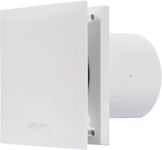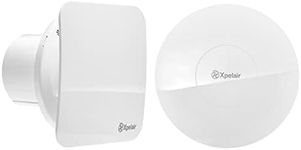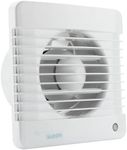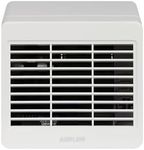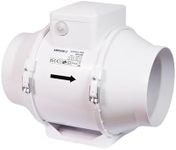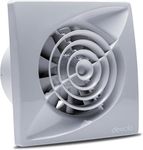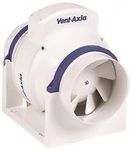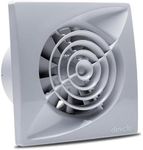Buying Guide for the Best Quietest Bathroom Fans
When choosing a bathroom fan, it's important to consider not only the noise level but also other factors that contribute to its overall performance and suitability for your bathroom. A quiet bathroom fan can significantly enhance your comfort by reducing noise pollution, but you also need to ensure it effectively ventilates the space to prevent moisture buildup and mold growth. Understanding the key specifications will help you make an informed decision that balances quiet operation with efficient performance.Noise Level (Sones)The noise level of a bathroom fan is measured in sones, which indicates how loud the fan will be when in operation. A lower sone rating means a quieter fan. Typically, fans range from 0.3 to 4.0 sones. For a very quiet fan, look for models rated at 1.0 sones or less. If you are sensitive to noise or prefer a peaceful environment, aim for the lowest sone rating possible. However, if the fan is in a less frequently used bathroom, a slightly higher sone rating might be acceptable.
Airflow Capacity (CFM)Airflow capacity is measured in cubic feet per minute (CFM) and indicates how much air the fan can move. This is crucial for effectively ventilating the bathroom and preventing moisture buildup. The right CFM depends on the size of your bathroom. A general rule is to have at least 1 CFM per square foot of bathroom space. For example, a 50 square foot bathroom would need a fan with at least 50 CFM. If your bathroom has a shower or tub, consider a higher CFM to handle the extra moisture.
Energy EfficiencyEnergy efficiency in bathroom fans is important for reducing electricity consumption and lowering utility bills. Look for fans with the ENERGY STAR label, which indicates they meet energy efficiency guidelines set by the EPA. An energy-efficient fan will use less power while still providing effective ventilation. If you are environmentally conscious or want to save on energy costs, prioritize models with this certification.
Installation TypeBathroom fans can be installed in different ways, such as ceiling-mounted, wall-mounted, or inline. Ceiling-mounted fans are the most common and are suitable for most bathrooms. Wall-mounted fans are ideal for bathrooms without ceiling access. Inline fans are installed in the attic and are a good choice for reducing noise, as the motor is located away from the bathroom. Consider your bathroom's layout and your ability to access the installation area when choosing the type of fan.
Additional FeaturesSome bathroom fans come with additional features like built-in lights, heaters, or humidity sensors. Built-in lights can be useful if your bathroom needs extra illumination. Heaters can provide added comfort in colder climates. Humidity sensors automatically turn the fan on or off based on the moisture level, which can be convenient and energy-saving. Consider which features would enhance your bathroom experience and choose a fan that offers those options.

